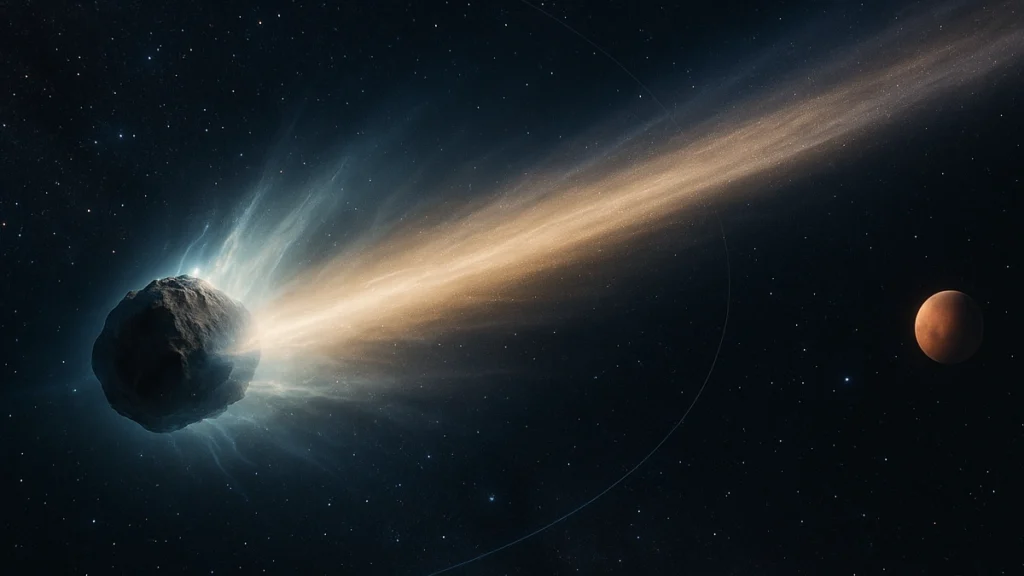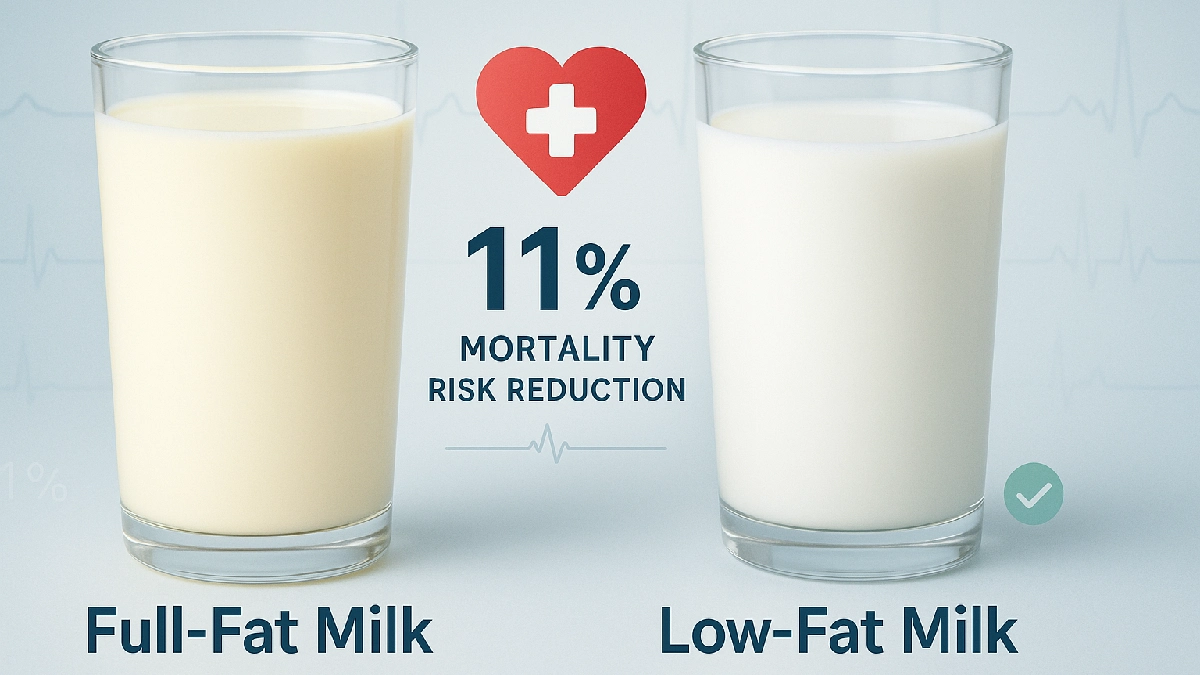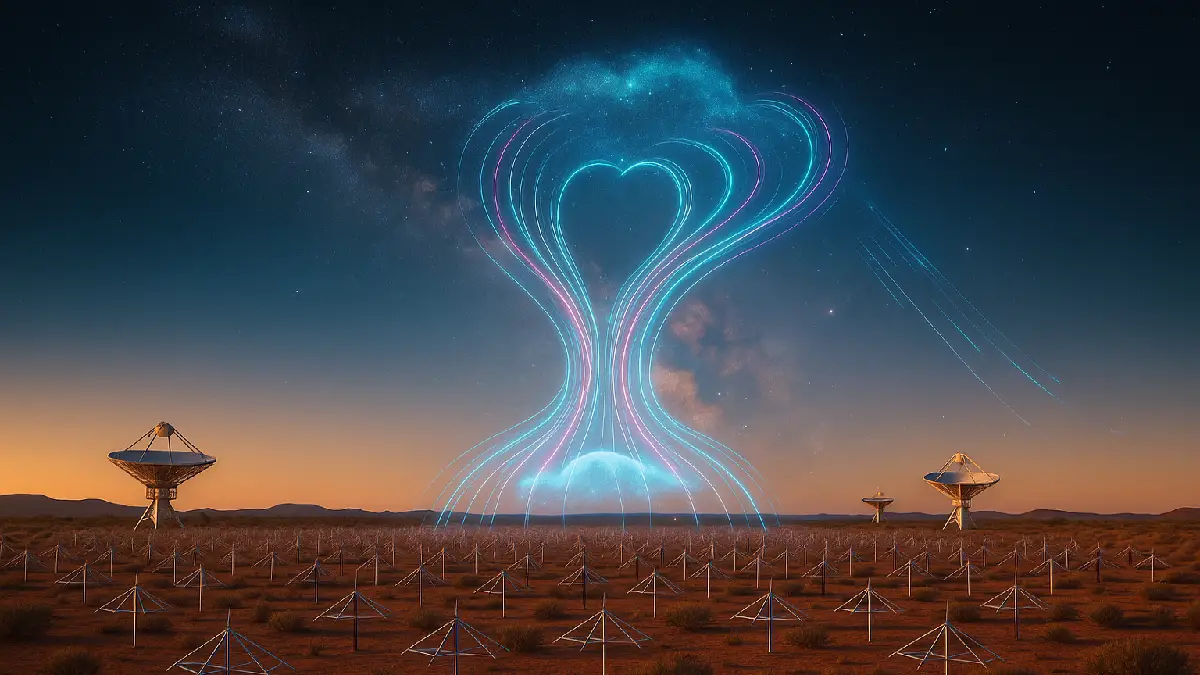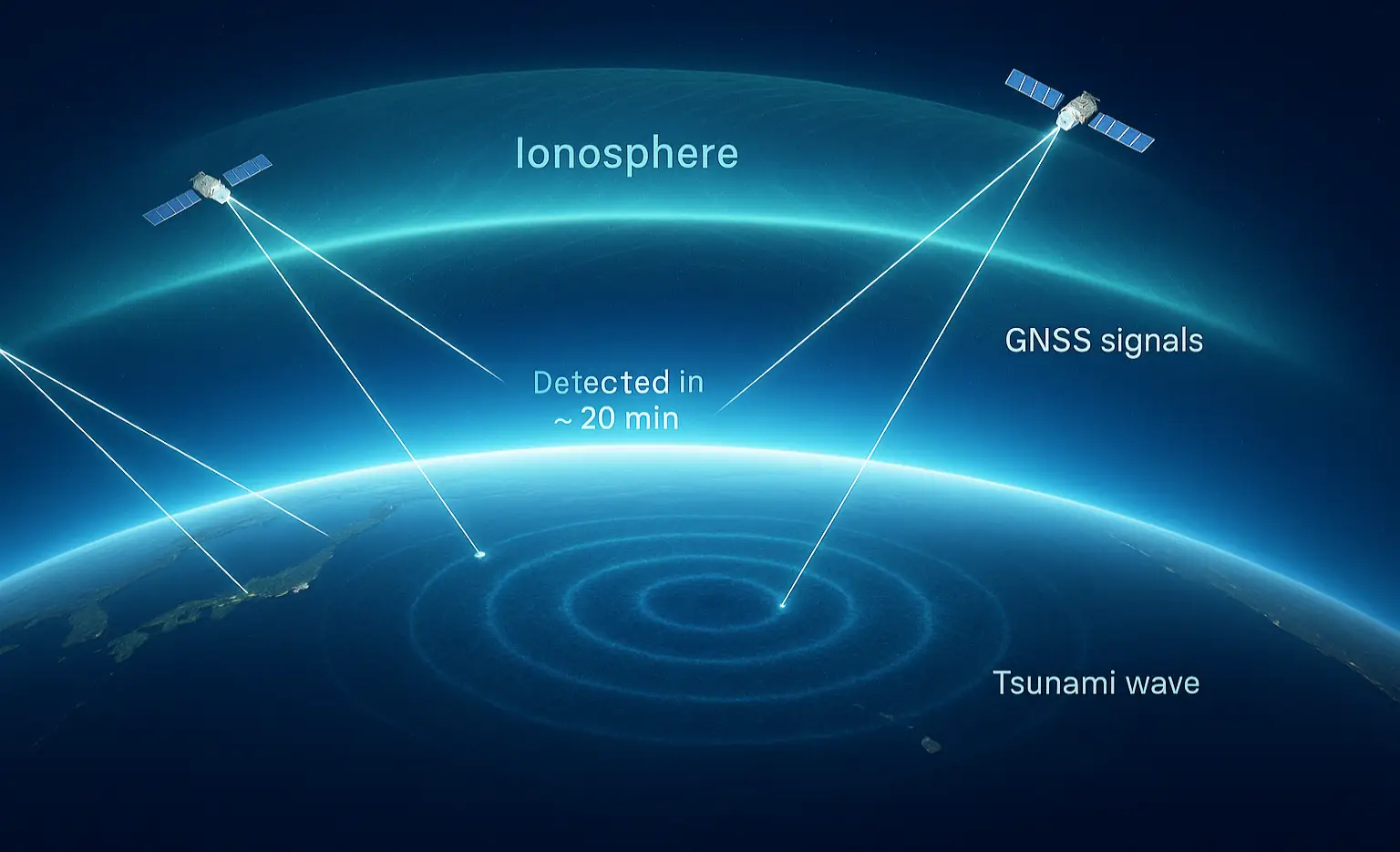The third known interstellar object, 3I/ATLAS, is more than a rare comet on a hyperbolic pass—it is a stress test for the entire “system of systems” that finds, characterizes, and interprets visitors from other suns, exposing the bottlenecks, incentives, and scientific payoffs across discovery surveys, follow-up observatories, modeling, and public communication.

What 3I/ATLAS is
3I/ATLAS is an interstellar comet on an unbound, highly hyperbolic trajectory, entering the inner solar system at tens of kilometers per second and exiting forever after a brief observational window, the third confirmed interstellar visitor after 1I/ʻOumuamua (2017) and 2I/Borisov (2019). It was detected by the ATLAS survey in mid-2025 with rapid confirmation from pre-discovery images by wide-field surveys, which cemented its hyperbolic orbit and non-threat geometry. Early characterizations indicate a comet-like coma with unusual composition signatures compared to typical solar system comets, making it a prized probe of extrasolar chemistry.
The discovery pipeline
ATLAS serves as the front-end sensor network, optimized for fast, wide-field scans that flag moving objects; rapid submission to the Minor Planet Center catalyzes a global follow-up machine that includes professional and amateur observatories. Pre-discovery recoveries in archival frames extend the observation arc, improving orbit fits and clearing initial near-Earth concerns, illustrating the value of data-mining as part of the pipeline. This workflow—survey trigger, centralized brokering, rapid follow-up, archival sweeps—has become the standard operating procedure for rare interstellar interlopers, compressing days of uncertainty into hours.
Orbital dynamics and timing
3I/ATLAS carries a high hyperbolic excess velocity, making it unequivocally unbound; implications include a short dwell time and reduced sunlight-driven brightening windows, which force time-critical observations. Its perihelion near late 2025, with closest approaches far from Earth, removes hazard but also limits spatial resolution from ground-based telescopes for nucleus measurements. That geometry still offers months of inbound-to-outbound coverage for spectroscopy and morphology tracking, a more forgiving window than ʻOumuamua’s fleeting pass.
Chemistry as a message in a bottle
High-resolution imaging constrains a small nucleus and separates coma light sufficiently to bracket size estimates that likely point toward a sub-kilometer scale, pending improved modeling. Infrared spectra indicate unusual CO2 richness with comparatively modest water features at similar distances, hinting at a formation environment colder or compositionally distinct from many Oort Cloud analogs. Ground-based spectroscopy detecting familiar species (e.g., CN) alongside trace metals provides both a shared baseline with solar system comets and outliers that sharpen origin hypotheses.
The comparative context: ʻOumuamua and Borisov
ʻOumuamua was small, inactive, and compositionally ambiguous, sparking debates about non-gravitational accelerations and geometry; Borisov was an active, comet-like visitor, providing cleaner chemical comparisons. 3I/ATLAS appears closer to Borisov on activity—an observable coma and gases—yet with composition skewed toward CO2, extending the interstellar sample space across volatile inventories. Together, the trio suggests there is no single archetype; instead, a distribution emerges shaped by ejection physics, disk chemistry, and survival biases in interstellar space.
Why these objects exist at all
Planet formation is messy: multi-body interactions and migrating giants eject vast populations of icy and rocky planetesimals into interstellar space, populating a galactic background of wandering debris. Recent modeling argues these visitors may be numerically common, implying there is almost always one somewhere in the solar system—most are just too faint to catch without next-gen survey reach. Each detection samples other systems’ “waste streams,” turning comet chemistry into a forensic map of extrasolar planet formation pathways.
The observatories as an ecosystem
- Survey front end: ATLAS and ZTF establish cadence and sky coverage to flag fast movers; sensitivity and cadence dictate catch rate and warning time.
- Space observatories: Hubble’s angular resolution and JWST’s mid-infrared spectroscopy extract nucleus scales and volatile fingerprints that ground-based assets struggle to isolate.
- Global follow-up: Distributed professional–amateur networks fill light-curve gaps and broaden phase-angle coverage, critical for fast interstellar passes.
Planetary defense interplay
Though 3I/ATLAS poses no threat, the same discovery and confirmation pipeline doubles as planetary defense infrastructure, testing response speed for unexpected interlopers on unusual orbits. Temporary hazard triage and rapid deconfliction show how risk assessment and science characterization co-evolve, improving playbooks for future surprises. Public observing forecasts also ride the same rails, shifting the narrative from alarm to opportunity as orbits converge and uncertainties collapse.
Public narratives and skepticism
High-profile claims about alien craft recur with interstellar discoveries; agencies have responded with timely, plain-language explainers emphasizing compositional and orbital evidence for natural origin. Clear messaging—coma detection, volatile ratios, and non-threatening encounter geometry—helps inoculate discourse while keeping curiosity alive, essential for sustaining support for the survey–follow-up ecosystem. Transparent uncertainty bands and “what we’ll learn next” timelines allow the public to follow the scientific process rather than fixate on early ambiguity.
What 3I/ATLAS changes
It validates the expectation that interstellar debris is frequent enough to study routinely as survey capabilities improve, strengthening the case for deeper, faster, wider sky coverage in the Rubin era and beyond. It adds an outlier in CO2 abundance and a likely small nucleus, nudging models of disk chemistry, ejection locales, and long-haul volatile survival under cosmic rays and micrometeoroid gardening. Most importantly, it shows the system can pivot: from first detection to multi-instrument spectroscopy and refined ephemerides in days, transforming a once-in-a-decade surprise into a planned comparative planetology campaign.
What if we could visit?
Rapid flyby missions to interstellar objects have been proposed, but geometry and speeds are punishing; realistic intercepts require pre-positioned propulsion or ride-along “ready to go” architectures that can launch within days. In the near term, a virtual mission—deep spectroscopy across wavelengths, coordinated light curves, and dust/gas modeling—delivers most of the science return at lower cost and risk while informing future interceptor designs. 3I/ATLAS thus serves as both laboratory and rehearsal, tightening requirements for sensors, launch-on-alert concepts, and international observation protocols before the next fast mover appears.




